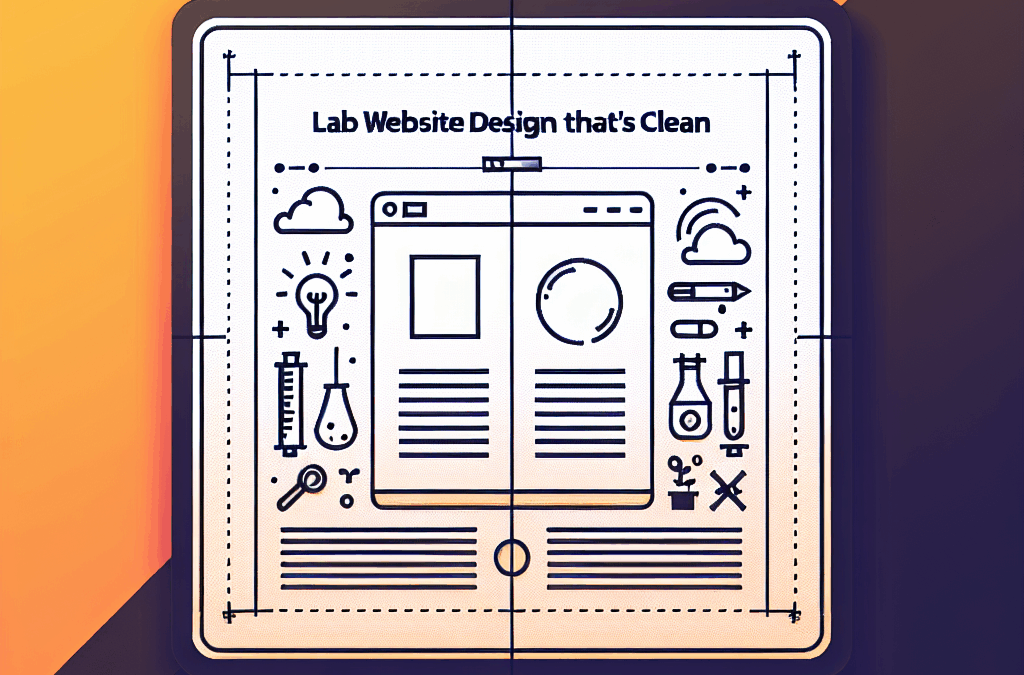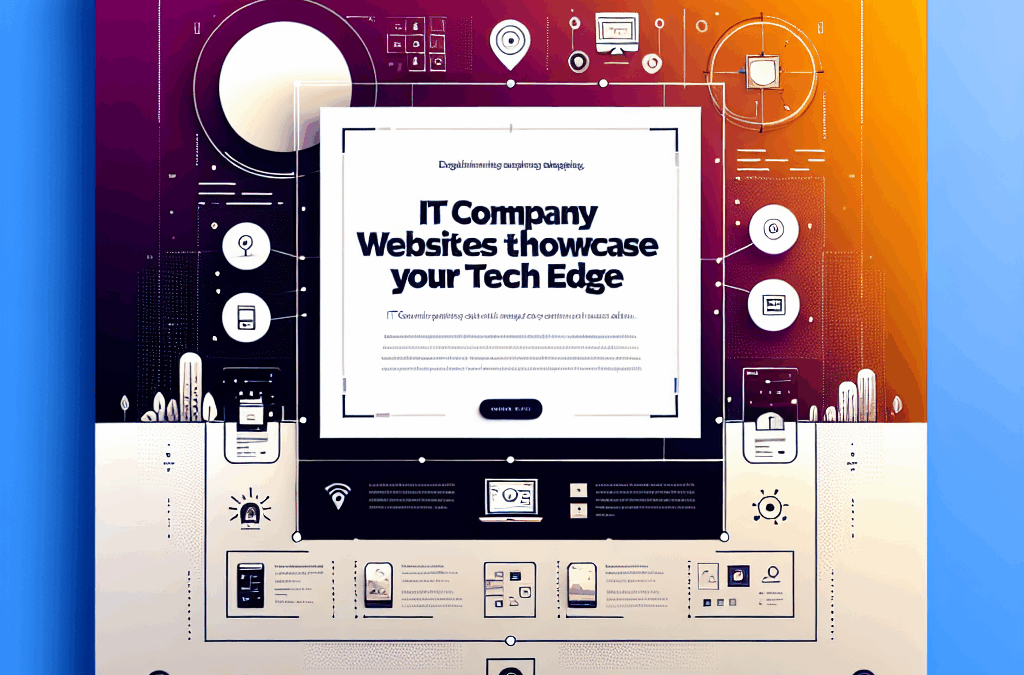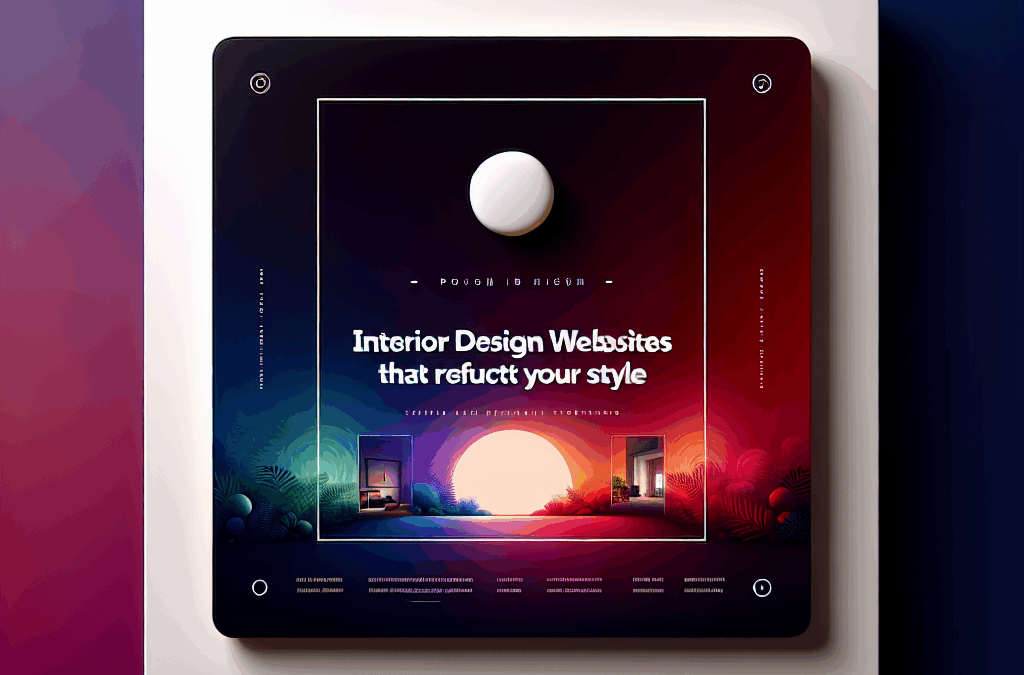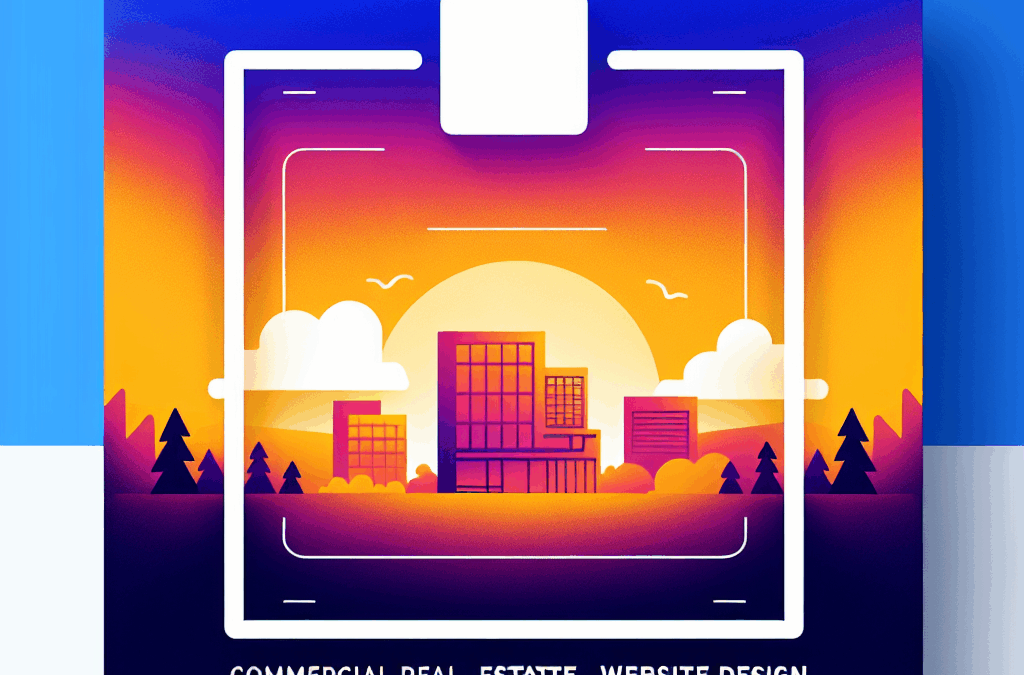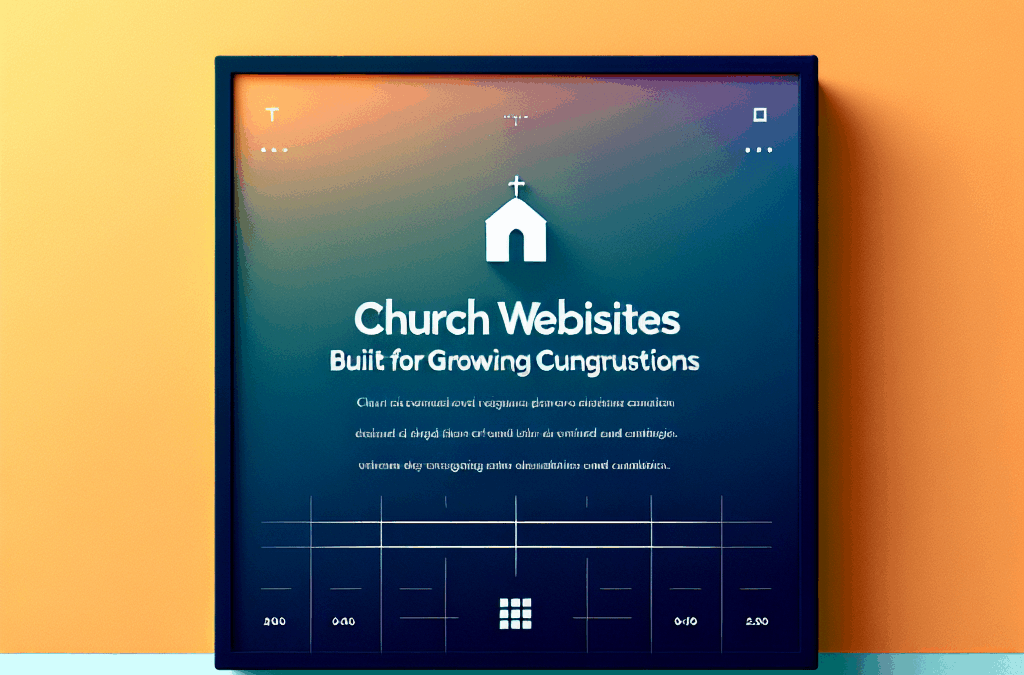Introduction
In the bustling business environment of South Texas, every interaction with potential customers matters. As small business owners in McAllen, you likely want to make the most out of your online presence, but using popups can often feel like walking a tightrope—either they boost engagement or annoy visitors. Here at Ericks Webs Design, we understand the importance of striking that balance. In this blog post, we’ll explore effective strategies for using popups without frustrating your website visitors, ensuring your web presence is both engaging and user-friendly!
1. Timing is Everything
One of the most crucial aspects of designing effective popups is timing. If a popup appears the moment someone lands on your website, they might feel overwhelmed and irritated.
Example: Imagine you own a local coffee shop. A popup offering a 20% discount on the first purchase appears as soon as someone visits your site. While the offer is enticing, it could draw attention away from the beautiful images of coffee and ambiance that make your shop special. Instead, consider delaying the popup to appear after the visitor has been on the site for at least 30 seconds or once they’ve scrolled halfway down the page.
Tip: Tools like Google Tag Manager can help you set these timing parameters easily.
2. Make it Relevant and Personalized
Generic popups often miss the mark. For small business owners in McAllen, it’s vital that popups align with what your users might be seeking.
Example: Say you run a flower shop. Instead of a standard newsletter sign-up form, you can trigger a personalized popup offering a free guide on "Choosing the Perfect Flowers for Every Occasion" after visitors browse specific flower arrangements. This targeted approach feels more engaging and provides visitors with real value.
Tip: Use analytics tools to understand user behavior and tailor your popups accordingly.
3. Design Matters
An aesthetically pleasing popup can greatly improve the user experience. An overly flashy or poorly designed popup will likely annoy visitors rather than help them.
Example: Consider a local boutique website. A simple, elegant design featuring the store’s branding—not aggressive colors or blinking text—will resonate better with users. Make sure the popup is mobile-friendly, as a significant portion of your traffic will come from mobile devices.
Tip: Keep the design consistent with your overall website theme and ensure it adheres to your brand colors.
4. Offer Clear Value
Visitors are more likely to engage with your popup if they see immediate value in it. This could be discounts, helpful resources, or exclusive access to content.
Example: If you own a local gym, instead of a simple newsletter signup, offer a free 7-day trial pass pop-up. This not only provides instant value but also encourages users to interact with your brand more deeply.
Tip: Make the offer time-sensitive to create a sense of urgency (e.g., “Grab your free trial pass today!”).
5. Respect User Choice
Lastly, respect your visitors’ choices. Every popup should come with a clear and easily accessible close button. Moreover, avoid bombarding users with the same popup repeatedly.
Example: If a visitor declines your offer for a consultation at your landscaping business, respect that choice. Consider implementing a strategy where the popup reappears only once after a few visits, instead of every single time they visit your site.
Tip: Use cookies to track whether a visitor has interacted with the popup before.
Conclusion
Popups don’t have to be a nuisance for your visitors. By timing them well, personalizing the content, maintaining good design, offering clear value, and respecting user choices, you can enhance user experience and boost engagement significantly.
At Ericks Webs Design, we specialize in helping small business owners like you improve their online presence without any stress. Ready to take your website to the next level? Sign up for a free consultation today! Let’s create something amazing together!
Keywords for SEO: popups, website design, user experience, small business McAllen, online presence, digital marketing, ecommerce, engaging websites, customer interaction.
Digital Marketing

